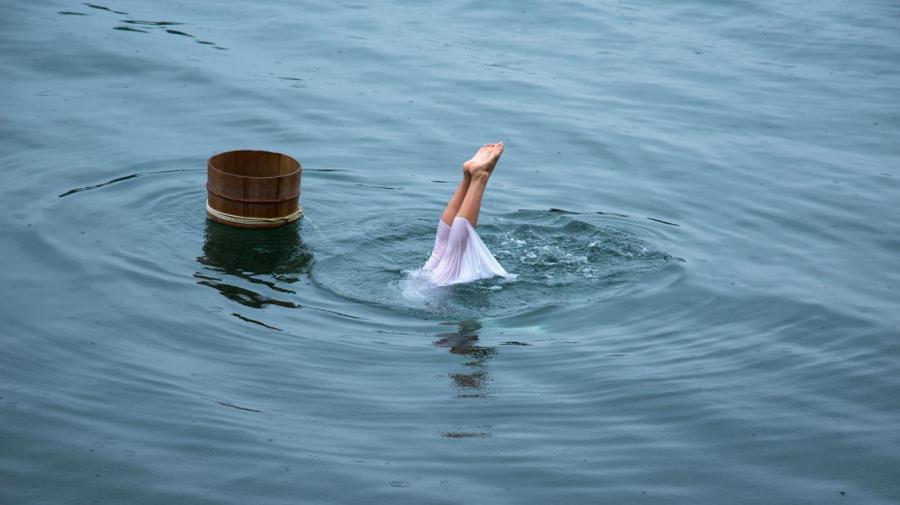What Kind of Life Did Pearl Divers Live?

Pearl divers worked long days with little rest, frequently suffering from oxygen deprivation brought on by staying underwater for extended periods of time. Divers often descended into the sea at depths of 100 feet on a single breath, while wearing stone ankle weights and wood or bone nose plugs. Their only protection against the sting of jellyfish was a thin cotton bodysuit.
It was common for pearl divers to experience hallucinations brought on by a lack of oxygen. Stories passed down over the centuries include tales of pearl divers witnessing sea monsters and men and women charging at them with swords in hand. Pearl divers hunted for clusters of oysters, retrieving them and bringing them to the surface where they were cracked open. Most oysters contained an average of three to four pearls.
Many pearl divers applied oil to their bodies before diving to conserve their body heat and protect against the ocean’s cold temperatures. The most popular pearl diving locations, until the practice began to wane in the early 20th century, included the Indian Ocean, the Persian Gulf, the Red Sea and the Gulf of Mannar, which is situated between India and Sri Lanka. Although pearl diving was a common job for many living in these regions for nearly 4,000 years, residents of these regions started to work in the oil industry, which offered employment with higher wages than pearl divers could earn.





